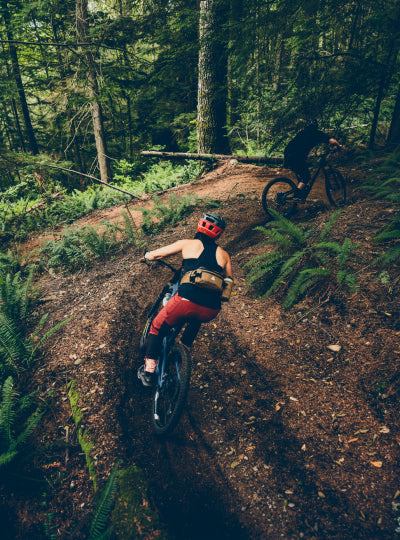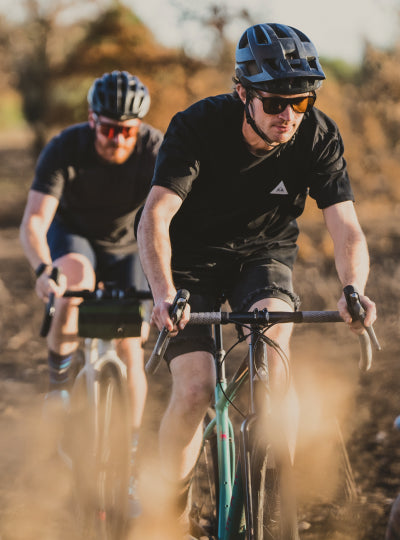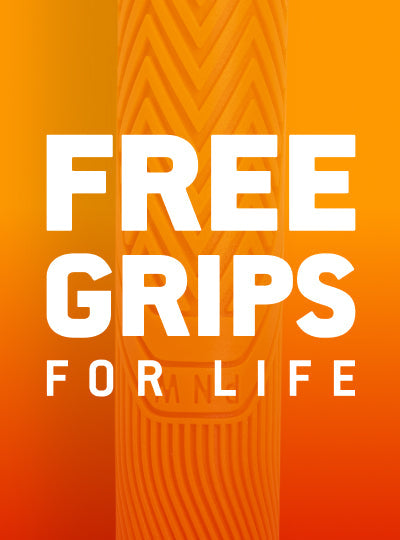Our CEO, Aaron Kerson, and Product Design Director, Adam Hammerman, sit down with Chris Hall to talk about bike design in this week’s episode of the Downtime Podcast. With years of experience at Specialized and Marin before joining forces at PNW, Aaron and Adam are the perfect duo to shed light on standard practices in the industry and the path our favorite products take before they make it to market. Give the episode a listen below and then head over to the Downtime Podcast website to subscribe and receive notifications for new episodes.
Mountain Bike Design - Behind the Scenes
Below are two of our favorite, slightly paraphrased, questions and answers from Aaron and Adam's chat with Chris.
Question: Adam can you give us your thoughts on bike design and development and how that worked for you?
Adam: I think one of the biggest misconceptions in our industry from the rider point of view is just how complicated it is to make a line of bicycles happen. Even if you were to just take one bicycle model from one company, let's say you have your traditional all mountain trail bike. That bike may be offered in five or six sizes and within those sizes there may be four or five spec levels, and within all of those there may be four to five paint schemes. That alone is a whole load of work that needs to be done, let alone all of the decisions that need to be made that result in the ideation of what that bike is, what role it fills, how it performs, and how it's going to be marketed. It’s a huge undertaking.
Starting out at one of the industry giants is one thing, but what it really gave me an appreciation for was these small brands that are creating really good bikes and really good parts. It’s a labor of love and it really does take a lot of effort and energy. The big brands in the bike industry would be nothing without their amazing suppliers on the other side of the world for the most part. It’s a dance and Aaron, starting out as a product developer, was involved in the nuts and bolts and getting those gears turning to make a product happen.
Question: So what stages would a bike go through during development? How do you get from the initial brief to a final product?
Adam: So Aaron brought something up a moment ago that made me think we need to touch on one more thing. Many bike companies have some sort of technical arm over in Asia. Different companies have multiple offices over in Taiwan, Vietnam, China, or wherever they’re making their product. There you generally find people native to that area that are part of the core corporate team and their job is to help execute the vision as it is on the ground, in the weeds, getting it made. They speak the language of the people making the product, go to factories regularly and all of that stuff is huge. Those people are incredibly important in the corporate office.
But back to the main question. Through the process, design and engineering can change hands many times. There were frames that I did where I made a bunch of sketches, side view renderings, drew different cross sections with dimensions and then shipped that over to our Taiwan development office. An engineer there took that stuff and interpreted it, and then we did multiple design reviews to get it to look just right. From there we’d look at it in different sizes and problem solve if it looked weird in a specific size. From there it gets translated into 2D drawings which are really important for the factories to hold tolerances and understand the different tube thicknesses, processes, and finishes. From there the factories cut tools and make the product.
Want more from PNW Components on the Downtime Podcast? Click here to listen to Aaron speak about the process of becoming an MTB entrepreneur when he joined Chris for an episode in May of 2019.






